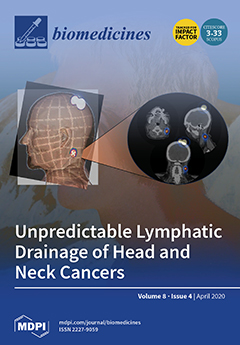Glecaprevir/pibrentasvir (G/P) are direct-acting antivirals (DAAs) that achieve a high sustained virological response (SVR) rate for hepatitis C virus (HCV) infection. We investigated G/P effectiveness for HCV patients based on real-world experience and the clinical features of retreatment cases. HCV patients (
n = 182) were compared for clinical features and outcomes between first treatment (
n = 159) and retreatment (
n = 23) G/P groups. Overall, 77 patients (42.3%) were male, the median age was 68 years, and 86/66/1/4 cases had genotype 1/2/1 + 2/3, respectively. An SVR was achieved in 97.8% (178/182) of cases by intention-to-treat analysis and 99.4% (178/179) of cases by per-protocol analysis. There were no remarkable differences between the first treatment and retreatment groups for male (42.8% vs. 39.1%,
p = 0.70), median age (68 vs. 68 years,
p = 0.36), prior hepatocellular carcinoma (5.8% vs. 8.7%,
p = 0.59), or the fibrosis markers AST-to-platelet ratio index (APRI) (0.5 vs. 0.5,
p = 0.80) and fibrosis-4 (FIB-4) index (2.2 vs. 2.6,
p = 0.59). The retreatment group had a significantly more frequent history of interferon treatment (12.3% vs. 52.2%,
p < 0.01) and the Y93H mutation (25.0% vs. 64.7%,
p = 0.02). The number of retreatment patients who had experienced 3, 2, and 1 DAA treatment failures was 1, 3, and 19, respectively, all of whom ultimately achieved an SVR by G/P treatment. In conclusion, G/P was effective and safe for both HCV first treatment and retreatment cases despite the retreatment group having specific resistance mutations for other prior DAAs. As G/P treatment failure has been reported for P32 deletions, clinicians should consider resistance mutations during DAA selection.
Full article






